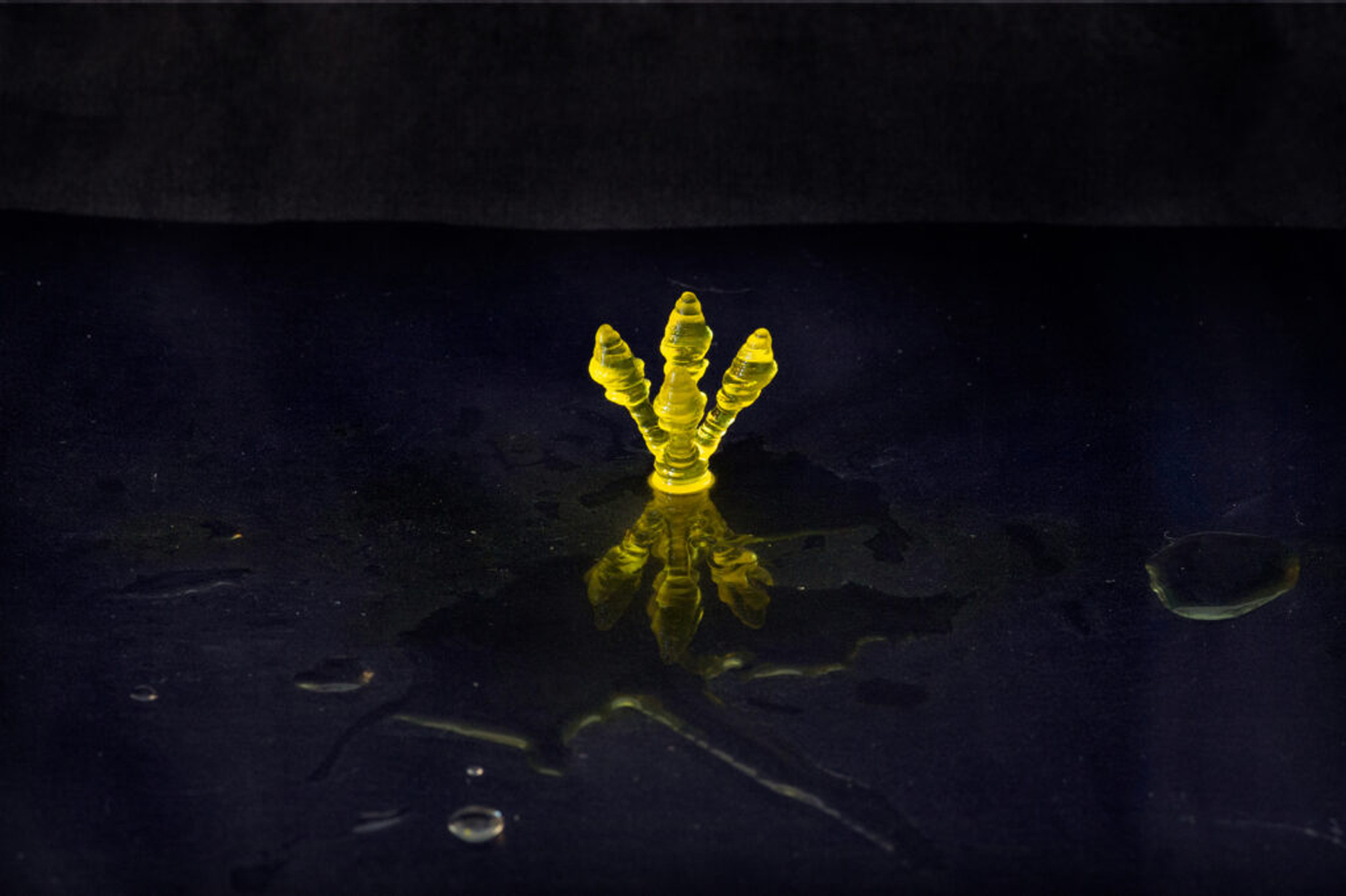“Last Breaths” by Linda Dement, Paul Brown, Carmine Gentile
Title:
- Last Breaths
Artist(s) and People Involved:
- Linda Dement
- Paul Brown
-
- University of Sussex
- Carmine Gentile
-
- School of Biomedical Engineering UTS
Exhibiting Artist(s):
Symposium:
Venue(s):
Artist Statement:
In 2021 Dement and Brown were awarded an ANAT Synapse Residency and CreateNSW grant to collaborate with Dr. Carmine Gentile and his Cardiovascular Regeneration Group, School of Bioengineering, University of Technology Sydney.
Cardiovascular disease, including myocardial infarction and heart failure, is the leading cause of death worldwide. Dr Gentile’s multidisciplinary team has created a novel way to 3D bioprint heart tissues using patients’ own cells to repair heart damage and regain cardiac muscle function. Cells isolated from skin or blood are used to generate stem cells and then transformed into heart cells. Using state-of-the-art facilities, Dr Gentile has developed a new way to form ‘cardiac spheroids’–clusters of cardiac cells–which contract or beat synchronously to produce patches for damaged hearts.
May 2021 artist George Schwarz died from cardiac failure and Linda recorded his last breaths. Audio values were retrieved to generate sequential images of 2D geometry. We imported these images into 3D Slicer (software normally used to create 3D models from MRI or CT scans) as if we had run an MRI scan on sound rather than a body.
We printed models first in hydrogel to discover shape, consistency, size, and then with live cardiac spheroids, on a LumenX bioprinter which uses crossbeams of light to harden light sensitive gel, printing upwards in 100 micron layers, substance emerging from liquid under violet light.
Through this project, human cardiac failure, expelled as breath and recorded as sound, is transfigured to 3D form as terra-firma for growth of human yet inhuman life.
This artwork responds to the research of the Cardiovascular Regeneration Group. Their work traverses terrains of life and death, bodies and technologies, human and inhuman, the strained edges of wounded hearts and the stretching extremities of bio-technical possibility.
Website:
Additional Images:
Video:
Related Links:
More information: http://heartproject2021.blog.anat.org.au/, http://lindadement.com/, https://www.gentilelab.com/
Category:
All Works by the Artist(s) in This Archive:
- Linda Dement
- More Art Events from Linda Dement in this archive:

Cyberflesh Girlmonster
[ ISEA95]
Tales of Typhoid Mary
[ TISEA]
50 Beats
[ ISEA2013]
Last Breaths
[ ISEA2022]- Paul Brown
- More Art Events from Paul Brown in this archive:

The Deluge (After Leonardo)
[ ISEA95]
4^15
[ ISEA2011]
Last Breaths
[ ISEA2022]- Carmine Gentile
- More Art Events from Carmine Gentile in this archive:

Last Breaths
[ ISEA2022]









